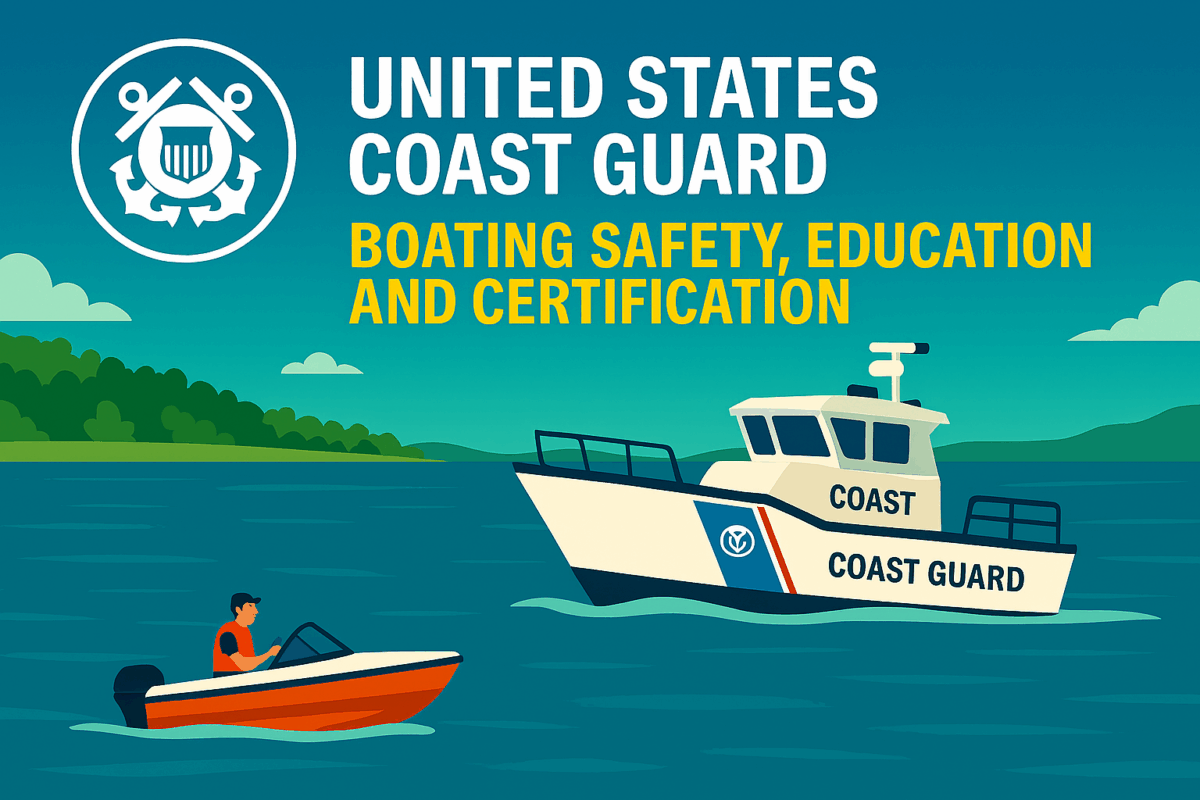Call: 1-800-832-7191

USCG Stopping Noncompliant Vessels
USCG Stopping Noncompliant Vessels
USCG Stopping Noncompliant Vessels is in the forefront. Notably, Coast Guard Station San Diego recently became the first unit to implement the new Use of Force Authority, which empowers Pursuit Coxswains to actively intercept and halt non-compliant vessels.
To support this authority, the Coast Guard employs the Projectile Launch System (PLS). One key component of this system is the LA51, a signal and warning device fired from a 12-gauge shotgun. It produces a bright flash and loud noise designed to deter individuals or vessels. Compared to other warning devices, the LA51 offers a safer alternative, posing minimal risk of serious injury.
In addition to the LA51, the Coast Guard uses less-than-lethal rounds. Among these, the spun copper sabot—a copper shotgun slug—has proven highly effective. It can disable a vessel’s motor while minimizing the risk of shrapnel-related injuries to nearby individuals.
Can the Coast Guard Use Force to Stop a Noncompliant Vessel?
Yes, the Coast Guard holds the authority to use force when necessary to stop noncompliant vessels. This authority, granted under a new policy, allows Pursuit Coxswains to take decisive action. The process follows a structured four-step procedure aimed at gaining control of the vessel, which may escalate to disabling its engine if required.
This enforcement capability aligns with the Coast Guard’s broader jurisdiction to uphold federal laws—including those related to customs, immigration, and drug enforcement—across both domestic and international waters.
Oversight and Policy Development
The Office of Commercial Vessel Compliance (CG-CVC) plays a central role in shaping and maintaining the Coast Guard’s enforcement policies. This office develops standards that support the Coast Guard’s mission of Marine Safety, Security, and Stewardship. Additionally, CG-CVC oversees operations related to stopping noncompliant vessels and includes policy experts specializing in domestic, foreign, and fishing vessels.
